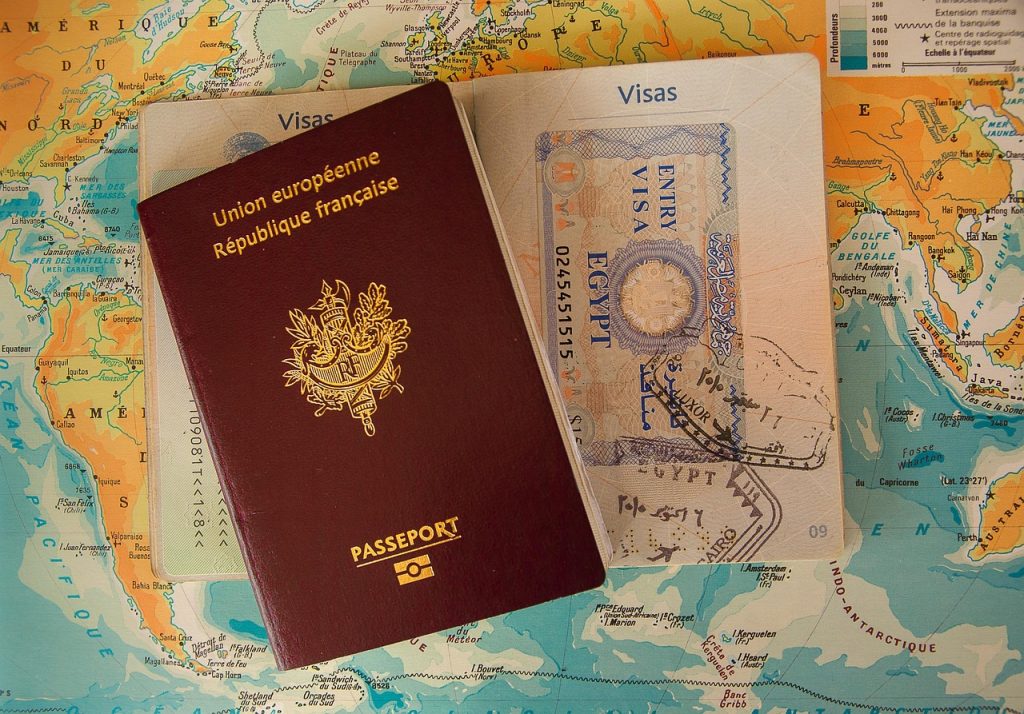Introduction
Visa types can be confusing — from student to work, visitor to dependent, the categories often overlap and vary by country. Choosing the right visa type is the first and most crucial step in making your travel or migration plans a success.
This guide breaks down the most common visa categories, their general requirements, and which one might suit your goals best.
🧳 1. Visitor/Tourist Visa
Purpose: Short-term travel, tourism, visiting family/friends.
- Usually valid for 30–180 days
- No work or study allowed
- Requires proof of return, accommodation, and finances
Examples:
- B1/B2 Visa (USA)
- Schengen Visa (Europe)
- Standard Visitor Visa (UK)
🎓 2. Student Visa
Purpose: Studying at a recognised institution abroad.
- Requires an admission letter from a university
- Proof of tuition fees and living expenses
- In many countries, allows limited part-time work
Examples:
- F1 Visa (USA)
- Study Permit (Canada)
- Student Route Visa (UK)
💼 3. Work Visa
Purpose: Employment in a foreign country, usually tied to a specific job offer.
- Often requires employer sponsorship
- May lead to permanent residence
- Skilled workers have higher success rates
Examples:
- Skilled Worker Visa (UK)
- H1-B Visa (USA)
- Temporary Skill Shortage Visa (Australia)
👪 4. Family/Dependent Visa
Purpose: Reuniting with or joining a spouse, parent, or sponsor already living abroad.
- Sponsor must meet income and legal residency requirements
- Includes spouses, children, parents
- May allow study or work rights depending on the country
Examples:
- Spouse Visa (UK)
- Family Reunification Visa (Germany)
- Dependent Visa (Canada)
🧠 5. Skilled Migration/PR Visas
Purpose: For individuals with skills or qualifications to migrate permanently.
- Points-based or nomination-based systems
- No job offer required in some cases
- Often leads to permanent residence or citizenship
Examples:
- Express Entry (Canada)
- Subclass 189 (Australia)
- Skilled Migrant Category (New Zealand)
Conclusion
Knowing which visa type suits your purpose is the foundation of a successful application. Applying for the wrong one could lead to delays or even refusals. For personalised help, explore our Guides & Tips or check your country’s page in Country Visas.


